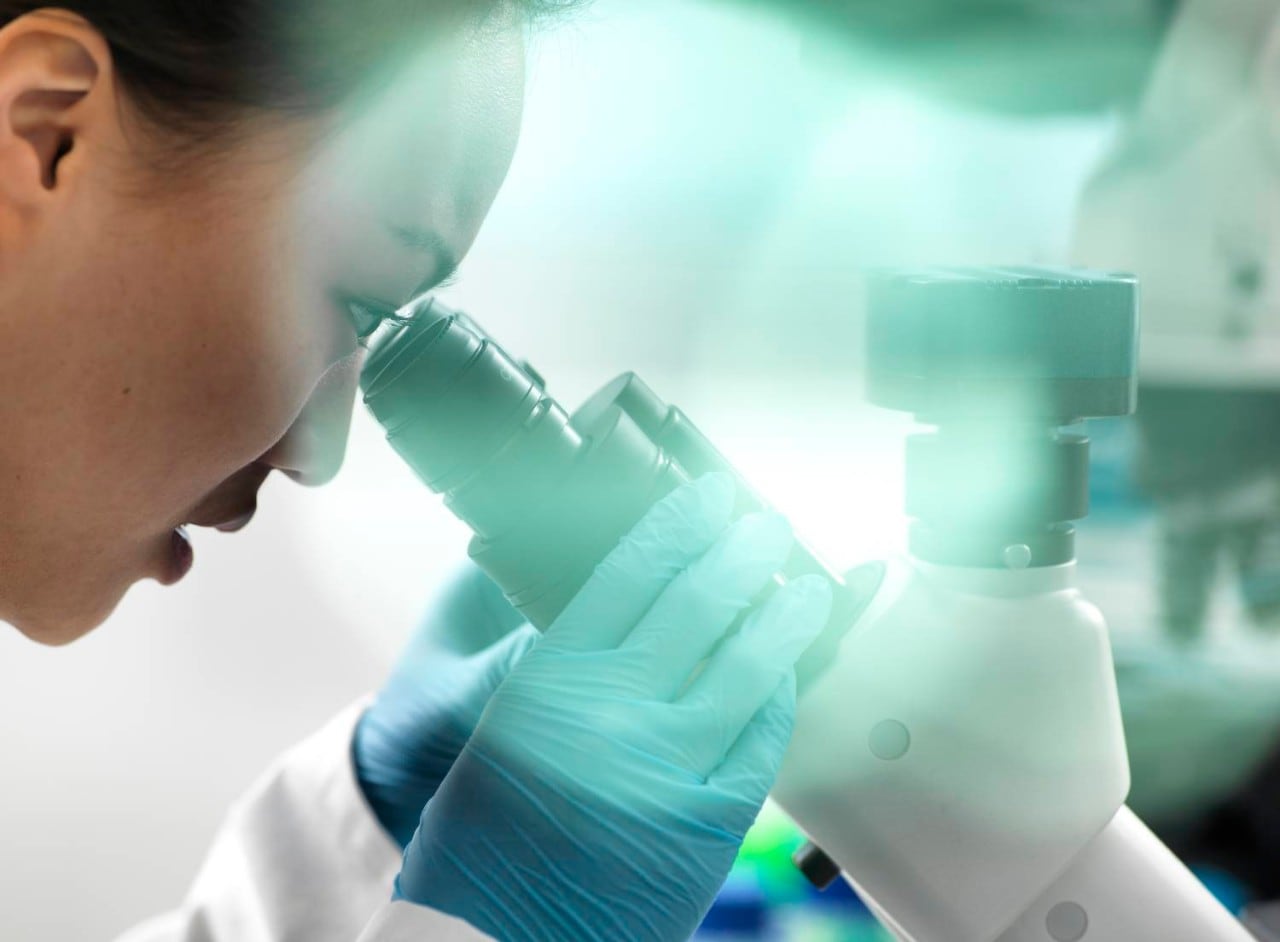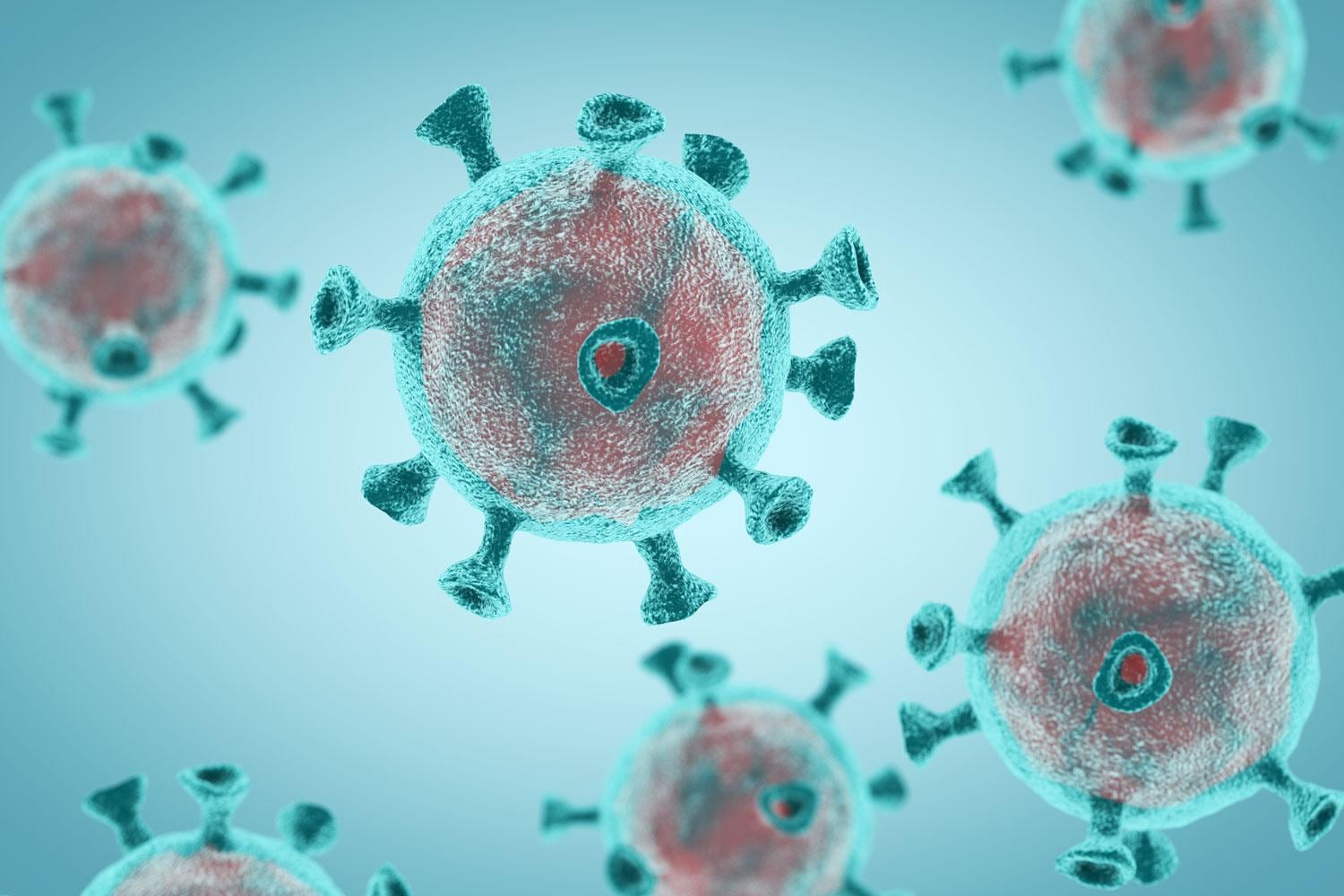
Health Care Solutions
Population Health Analytics & Tools
Get data-driven insights for improving health outcomes and cost-effectiveness aligned with the Triple Aim.
How SAS Helps Improve Population Health
Integrate health and nonhealth data to guide whole person care, as well as community programs that reduce health disparities. Improve quality of care and health outcomes by integrating population health analytics tools within your 360-degree view of patients, members and clients. Gain population health analysis insights at all levels – from individual care, to cohorts, to full populations – to inform policy for better communities. SAS enables you to expand access to care, improve health outcomes and increase patient safety.
Health outcomes
- Analyze structured and unstructured clinical and operational data – including freeform notes and focus group transcripts – to uncover hidden insights on indications.
- Turn population health analysis insights into evidence-based knowledge that can help you predict and improve outcomes.
- Use all data available to determine optimal treatment, focused on value-based care.
- Understand the clinical and nonclinical factors that affect readmissions.
Patient safety
- Avoid medication, surgical and other interaction errors through increased data sharing.
- Analyze diverse data sources to predict and medically investigate patient safety signals.
- Identify patients that have higher risk of infection to optimize discharge planning.
- Predict and prevent avoidable readmissions.
Whole person care
- Provide a more complete, accurate picture of client services and the impact on human and financial outcomes across health and nonhealth services.
- Use population health analysis to understand overall community needs, as well as contextual factors that can become barriers to care.
- Forecast demand for services needed by high-risk populations, and measure program effectiveness.
Why choose SAS® for population health analysis?
Health decisions are becoming societal ones. Population health analytics tools from SAS enable you to combine data from social determinants and the environment with population health and genetic data, then apply advanced analytics with embedded AI to get tangible results – results you can act on to improve quality and outcomes, as well as plan health delivery for the future.
Understand individual risk
Use predictive analytics to anticipate less-optimal outcomes so you can tailor intervention strategies to the needs of individuals, including patients, members, clients and policymakers.
Communicate with people the way they prefer
Identify patient/member preferences, determine the best message or intervention, and predict the likelihood of adherence using population health analytics tools.
Provide the best possible care
Integrate clinical and real-world data to holistically evaluate the best care options at each interaction.
Accelerate intelligent outcomes
Use AI to automate processes, control costs and put the focus on people. Image analytics, machine learning and natural language processing extract insights from large volumes of structured and unstructured content.
Linking Health and Non-Health Data to Inform Population Health Strategies
SAS, in partnership with Intel, brings a panel of experts together to share how a collaborative integration of data and analytics is improving quality and outcomes.
We’re working to understand how environmental factors can help predict who may be at risk, allow for quicker diagnoses, and encourage the development of more precise treatments. The modern statistical and machine learning methods, along with the intuitive data visualizations made possible by SAS, have been critical elements of our success to date.Jim Metcalf Chief Data Scientist Healthy Nevada Project.
Customer Success
Ensuring population health with SAS.





